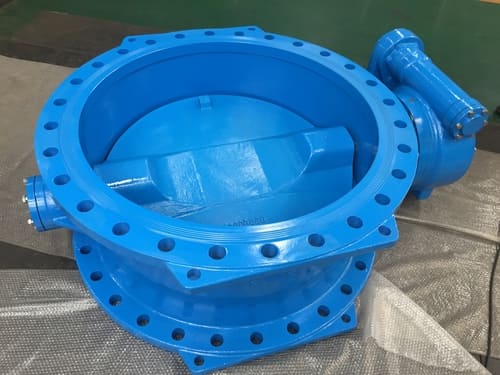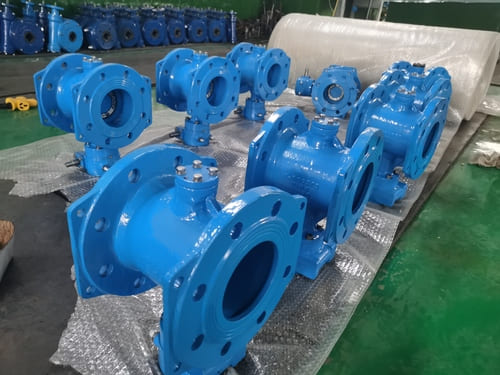1. Clarify the purpose of the valve in the equipment or device, and determine the working conditions of the valve: applicable medium, working pressure, working temperature, etc.
2.Determine the nominal diameter and connection method of the pipeline connecting with the valve: flange, thread, welding, etc.
3. Determine the method of operating the valve: manual, electric, electromagnetic, pneumatic or hydraulic, electric linkage or electro-hydraulic linkage, etc.
4. Determine the material of the selected valve shell and internal parts according to the medium, working pressure and working temperature of the pipeline: gray cast iron, malleable cast iron, ductile iron, carbon steel, alloy steel, stainless acid-resistant steel, copper alloy, etc.
5. Choose the type of valve: closed-circuit valve, regulating valve, safety valve, etc.
6. Determine the type of valve: gate valve, globe valve, ball valve, butterfly valve, throttle valve, safety valve, pressure reducing valve, steam trap, etc.

Basis for choosing valve
While understanding and mastering the steps of selecting a valve, it is also necessary to further understand the basis for selecting a valve.
- The purpose, operating conditions and operation control mode of the selected valve.
- The nature of the working medium: working pressure, working temperature, corrosion performance, whether it contains solid particles, whether the medium is toxic, whether it is a flammable and explosive medium, the viscosity of the medium, etc.
- Requirements for valve fluid characteristics: flow resistance, discharge capacity, flow characteristics, sealing level, etc.
- Requirements for installation dimensions and external dimensions: nominal diameter, connection to the pipeline and connection dimensions, external dimensions or weight restrictions, etc.
- Additional requirements for the reliability and service life of valve products and the explosion-proof performance of electric devices.

Selected parameter
If the valve is to be used for control purposes, the following additional parameters must be determined: operating method, maximum and minimum flow requirements, pressure drop for normal flow, pressure drop when closed, and maximum and minimum inlet pressure of the valve.
According to the above-mentioned basis and steps for selecting valves, it is necessary to have a detailed understanding of the internal structure of various types of valves when choosing a valve reasonably and correctly, so as to make a correct decision on the preferred valve.
The ultimate control of the pipeline is the valve. The valve opening and closing parts control the flow mode of the medium in the pipeline. The shape of the valve flow channel makes the valve have a certain flow characteristic. This must be considered when selecting the most suitable valve for the pipeline system.

